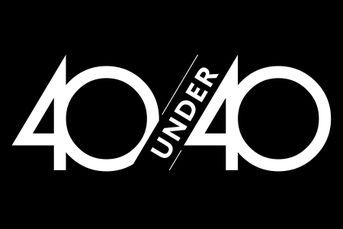College debt is a burden to all
Advisers can help parents and students minimize the amount of debt that will follow them long after graduation day.
Outstanding college debt now exceeds $1.3 trillion, a burden not only for the students who are on the hook to pay it back, but their families and the entire nation. Once students graduate, the loans they must start paying off crowd out spending on everything else, including major consumer purchases, such as autos and houses, that otherwise would fuel economic growth.
The problem has grown acute as college costs have soared. In the 1975-76 college year, tuition, fees, room and board averaged $16,213 a year in 2015 dollars at private, nonprofit, four-year colleges and $7,833 at public four-year institutions. In the 2015-16 school year, the equivalent figures were $43,921 and $19,548.
Paul F. Campos, a law professor at the University of Colorado, Boulder, estimated that if car prices had increased at the same rate as college costs, the average new car would cost over $83,000.
Only a small percentage of students, those from families in the top 20% of income earners, pay those published prices, but even the average discounted cost of tuition, room and board after federal and state grants and school aid was more than $25,000 a year at private nonprofit institutions and $9,500 a year for public institutions.
Those are hefty burdens for middle class and working class families to pay, and the cost is often financed with debt. Experts differ over the causes of surging college costs. Some blame the fact that state government support for public universities has not kept pace with the increased number of young people seeking a college education.
Others blame the great increase in the number of college administrators in recent decades. While acknowledging that fact, university leaders argue that it has been largely driven by the increase in the number of students, regulatory demands and the need to keep up with rapid-fire changes in technology.
The amount of federal aid available to college students has surged in the past two decades, and some argue that colleges and universities have raised their tuition to capture the extra federal money. Studies show a high correlation between the increase in government funding and college tuition increases.
But correlation does not prove causation.Which caused which? Did increasing tuition costs call forth additional federal aid, or vice versa? No matter what the cause, students and their parents are left to grapple with the higher costs, which seem unlikely to decline unless state budgets recover from their recession-driven slump and higher-education funding is restored.
Unfortunately, parents and students are often ignorant of the full extent of college financial aid, including scholarships and federal and state grant and loan programs, and they don’t know how to do the research to educate themselves.
High school counselors can provide some help, but they often don’t know more than the basics. College advisers are knowledgeable, but become involved late in the college selection process.
Here’s where financial advisers can help. Advisers can do the in-depth research and then reach out to parents of high school juniors and seniors and provide free advice through seminars. They can point out, for instance, when a junior college for the first two years can save a great deal of money. Not only might advisers be able to ease the burden on college students and their parents, but they may well gain future clients for one-on-one financial advice.
Financial advisers should also urge any young clients who are still of child-rearing age to start setting aside money for college while children are young. And grandparents can be urged to invest in state college savings plans for their grandchildren. Starting early can reduce the ultimate burden of college financing on the families.
Advisers might not be able to keep college costs from growing faster than inflation, but they can help parents and students deal with the results by helping them minimize the amount of debt that will follow them long after graduation day.
Learn more about reprints and licensing for this article.






